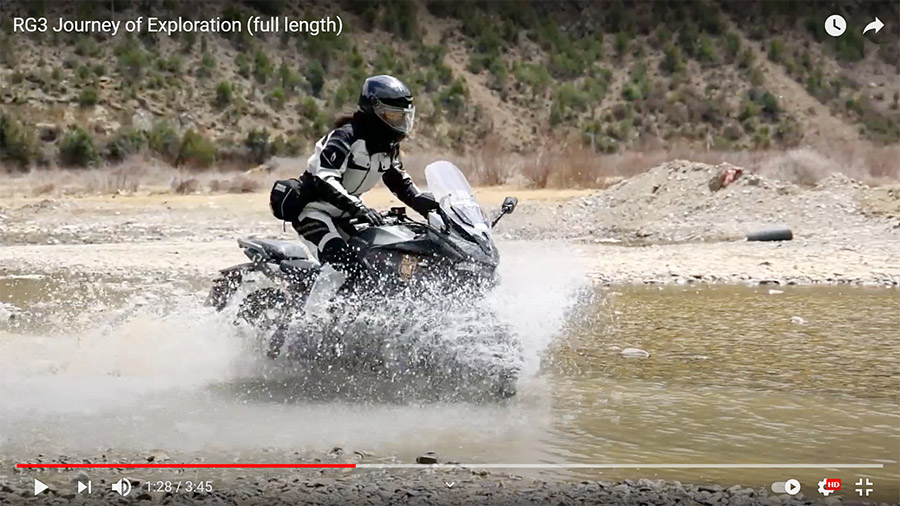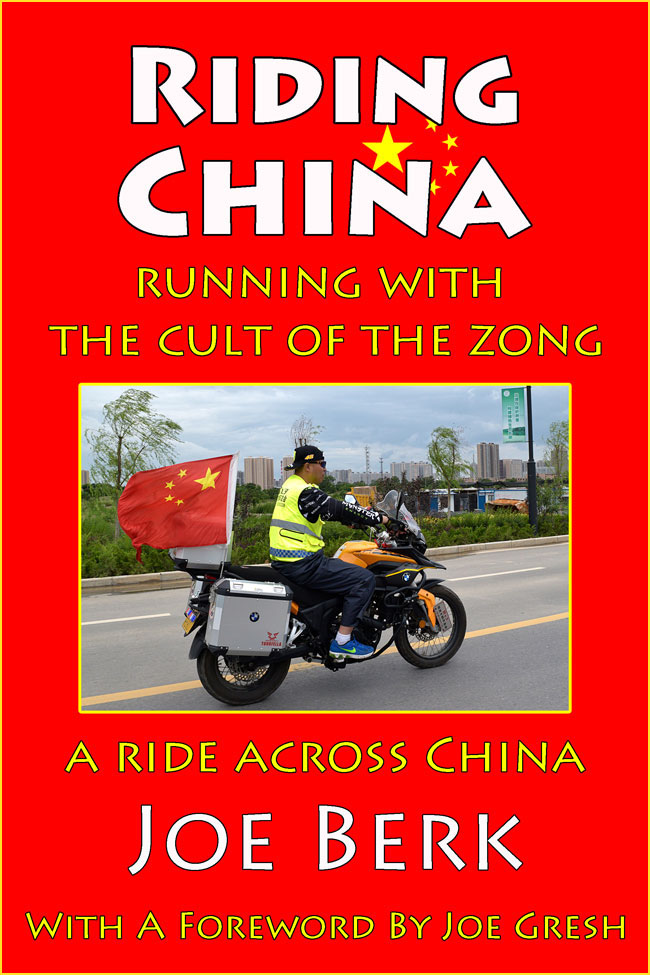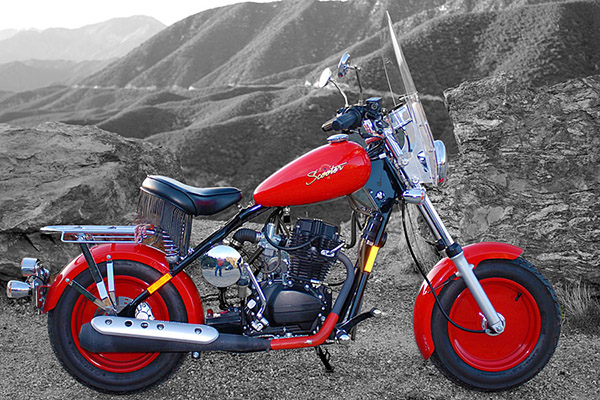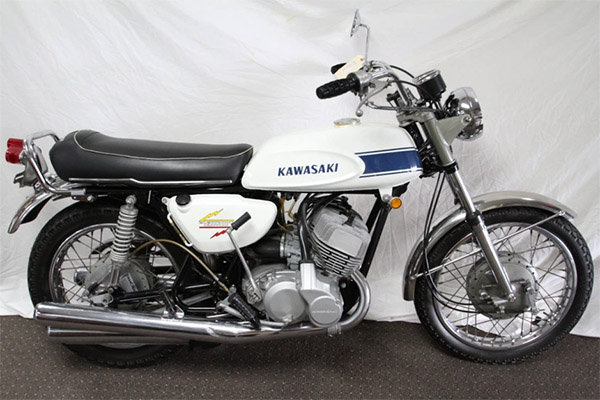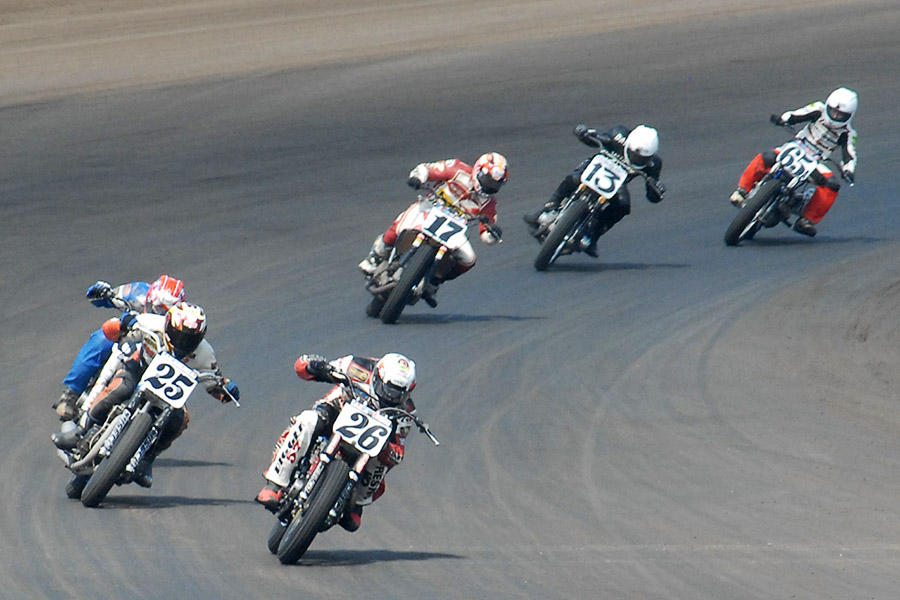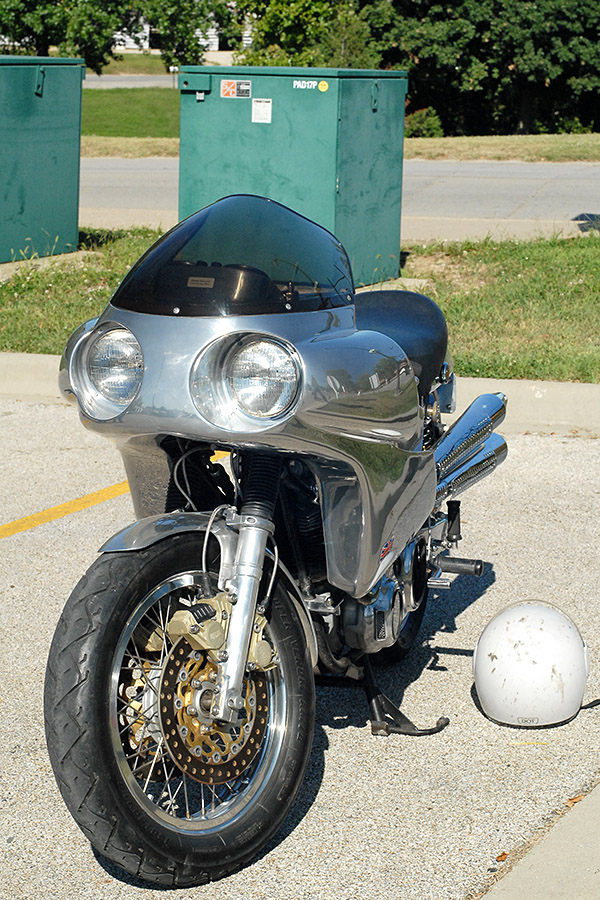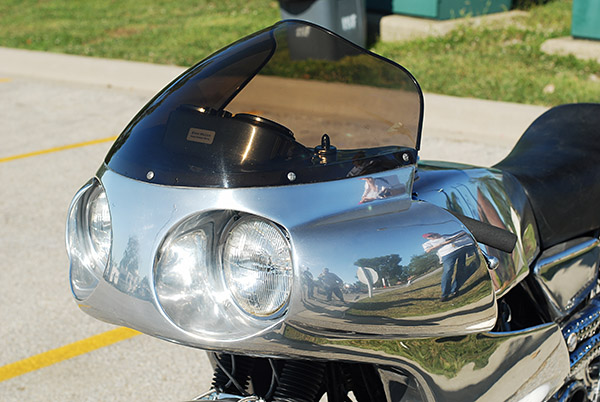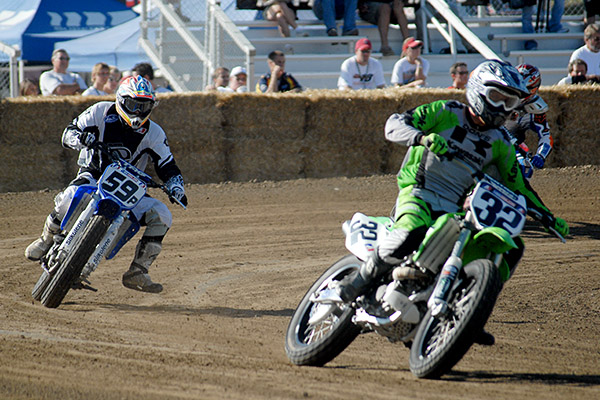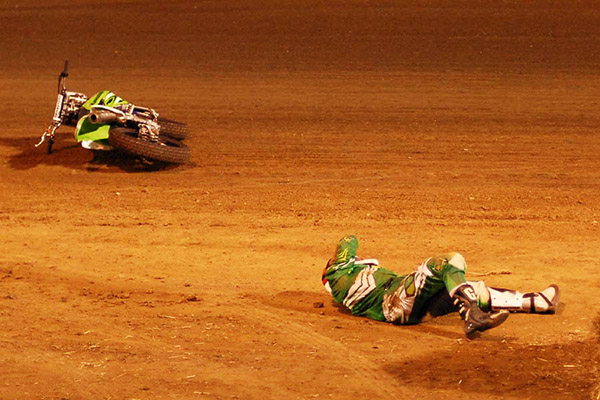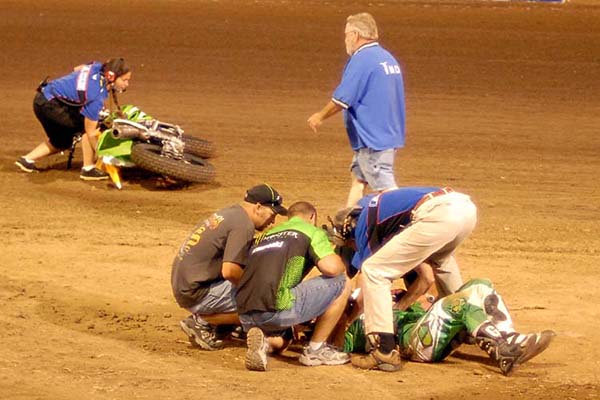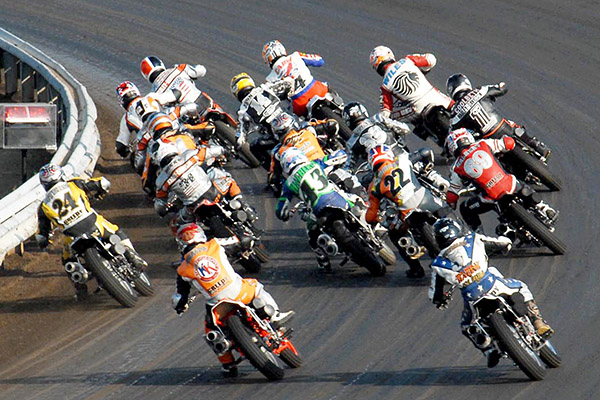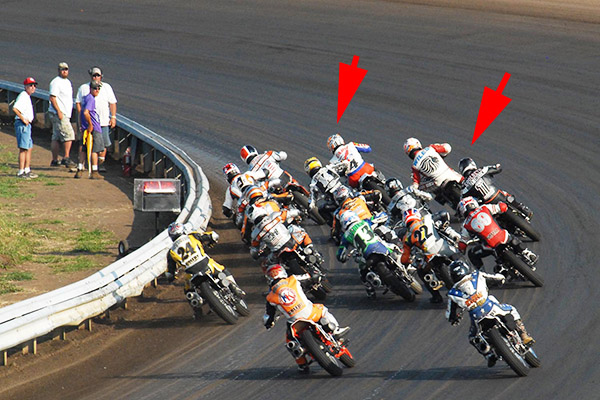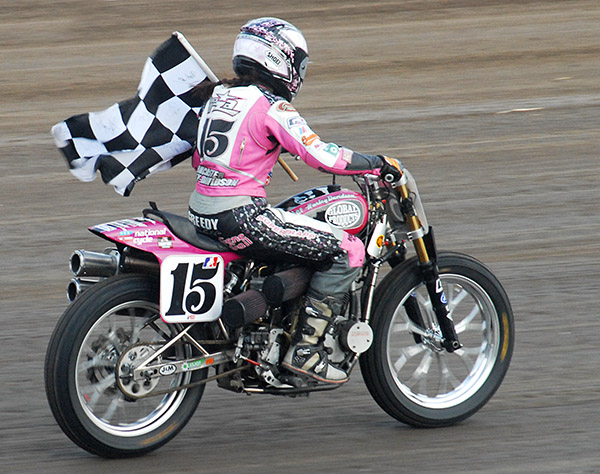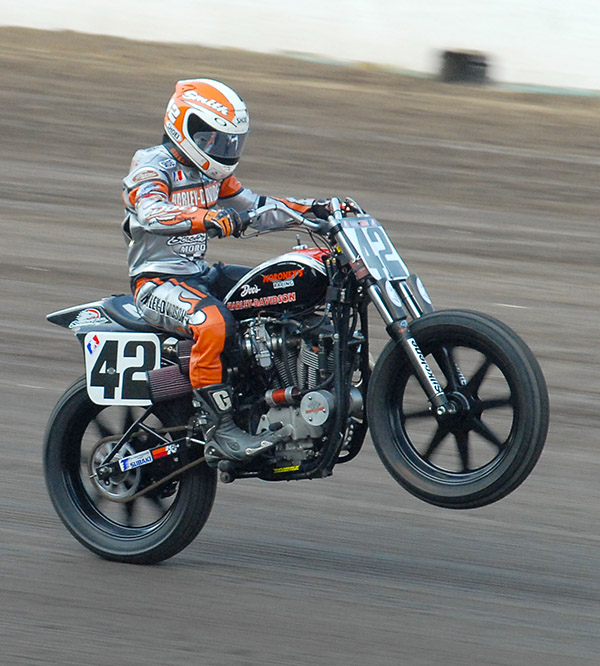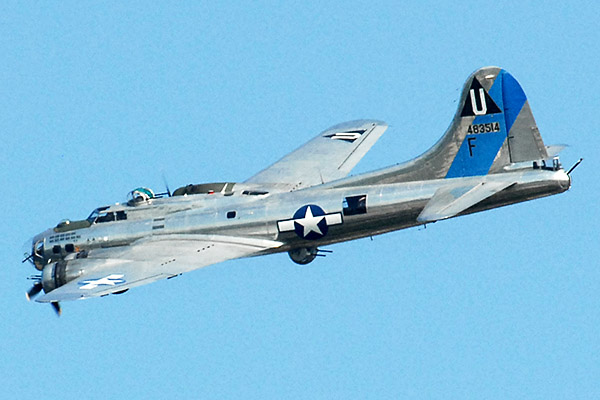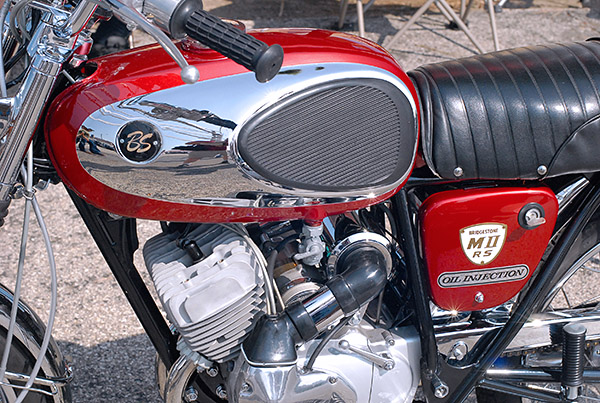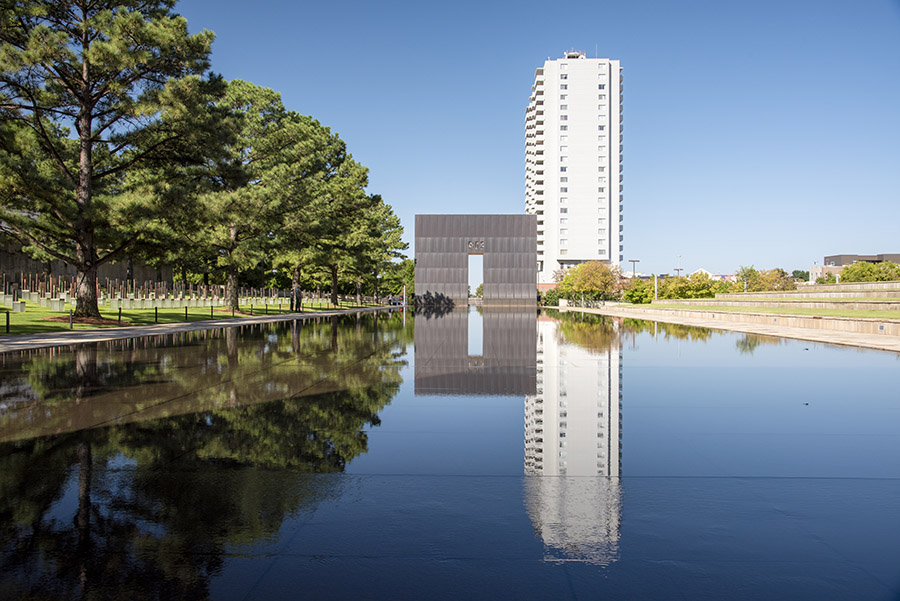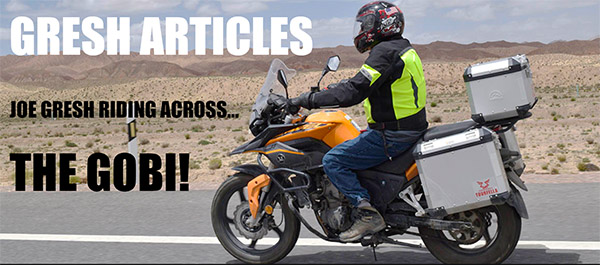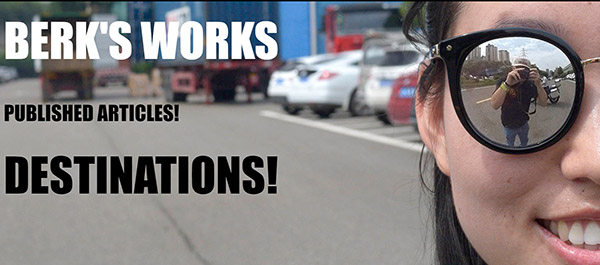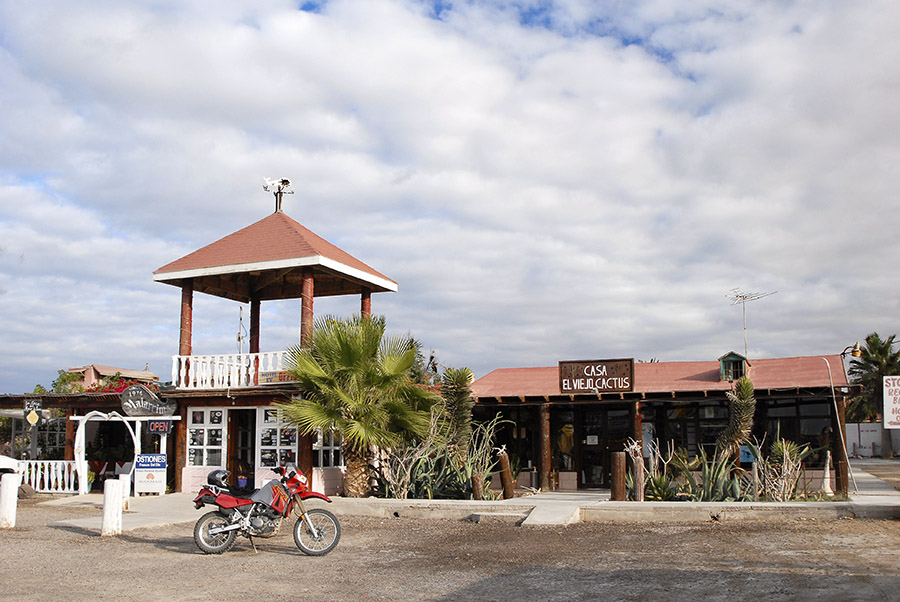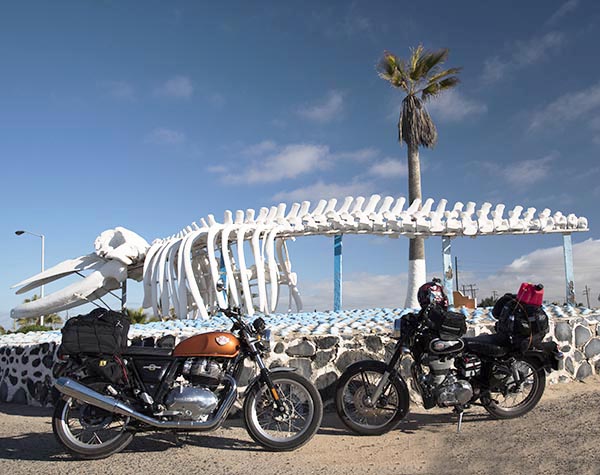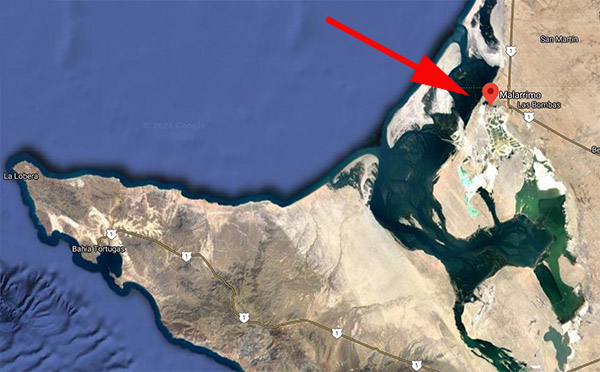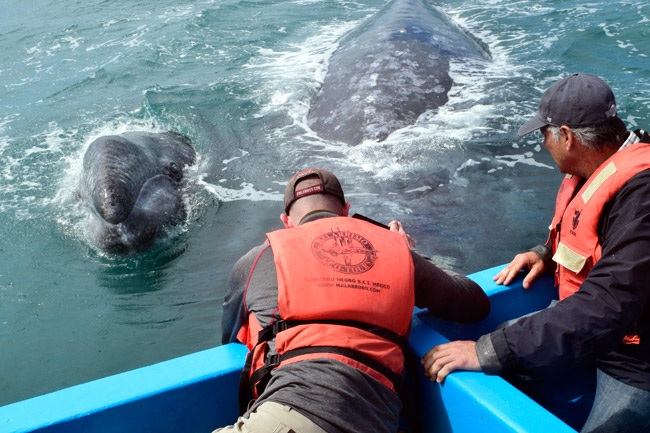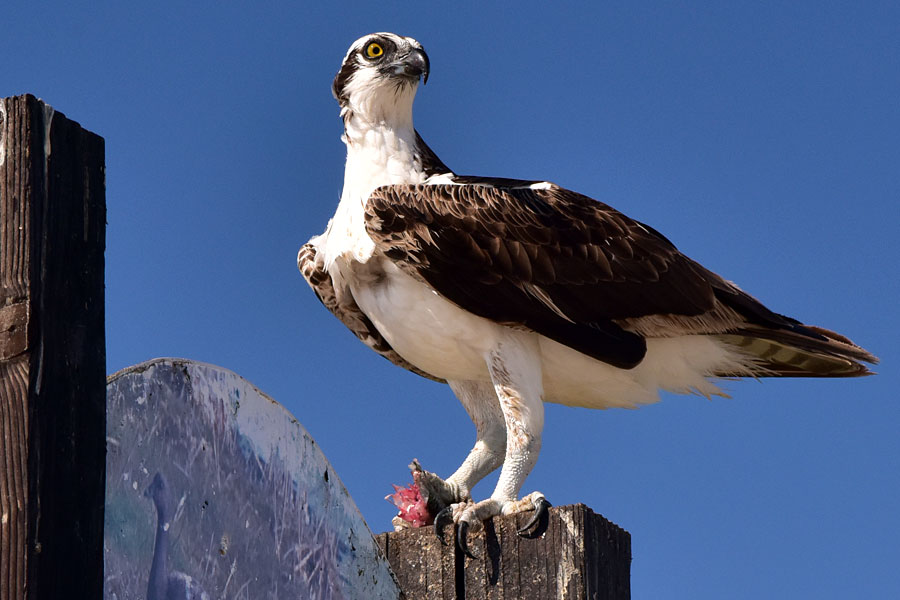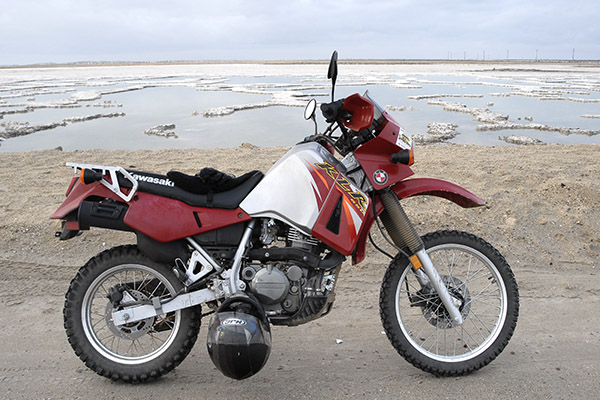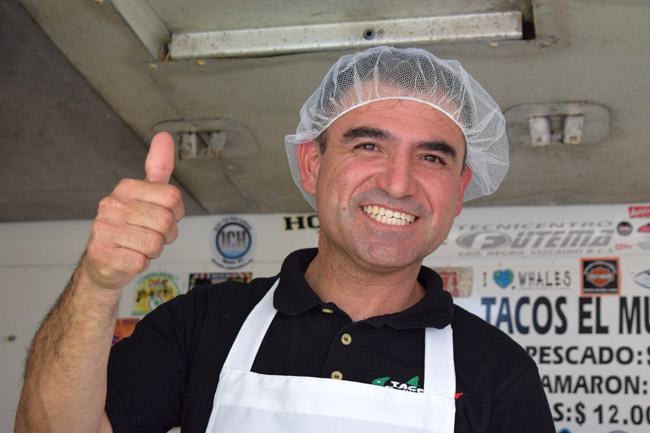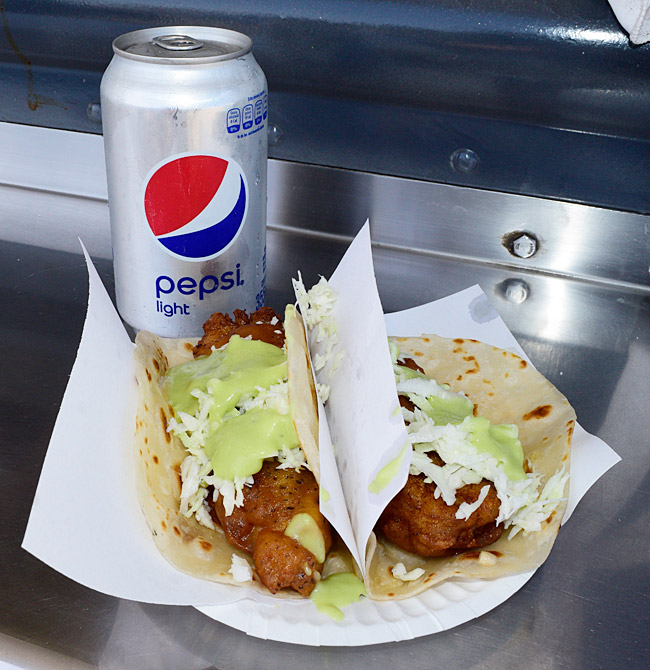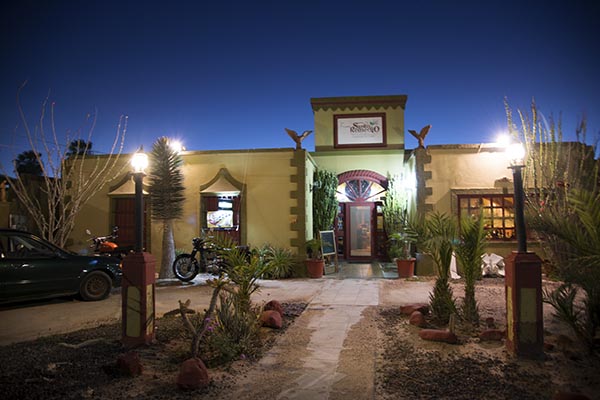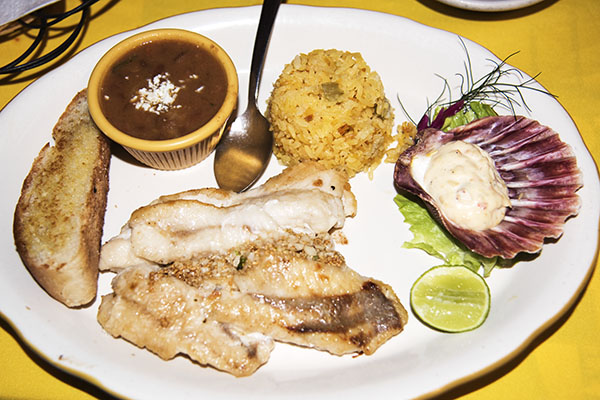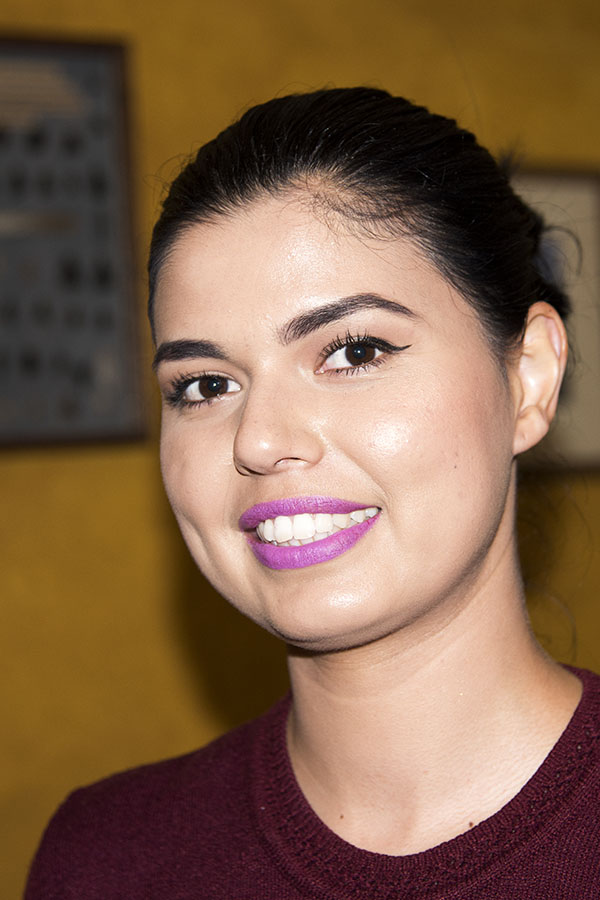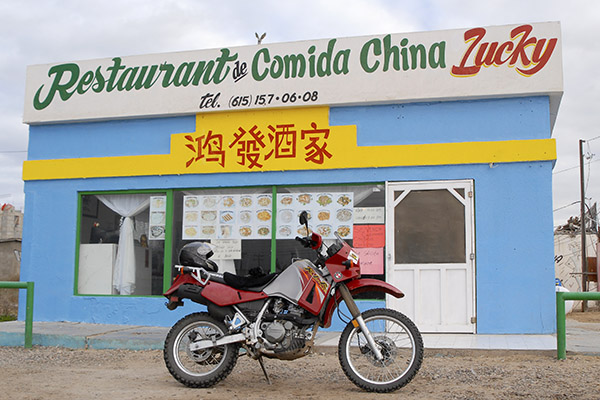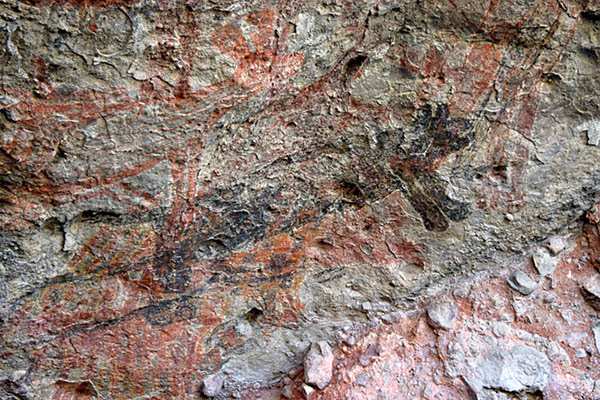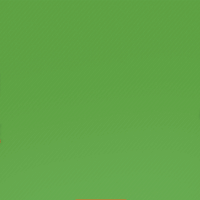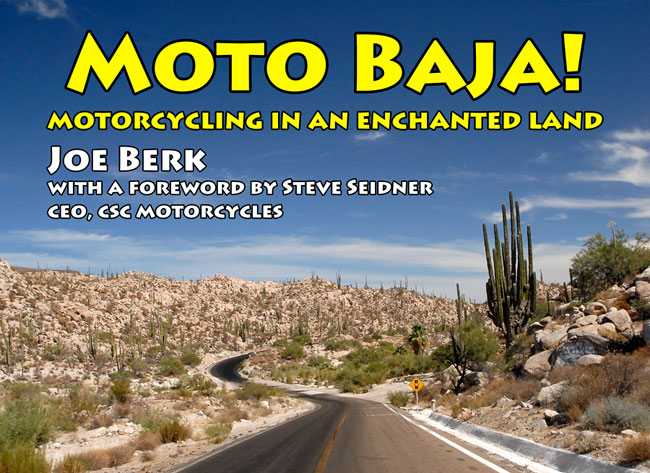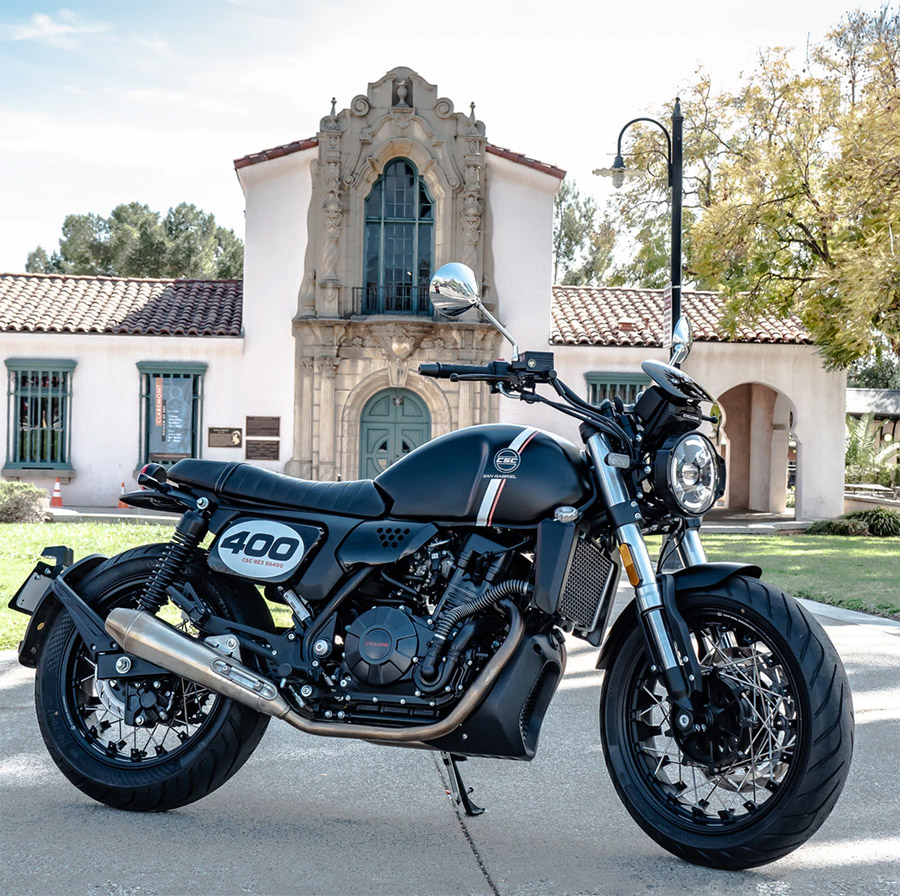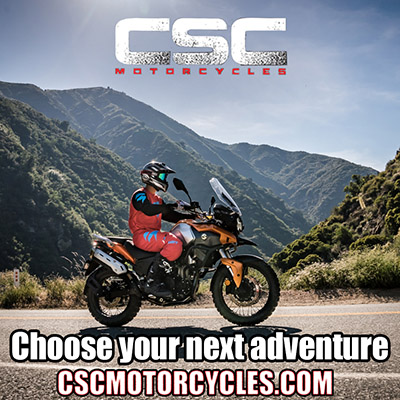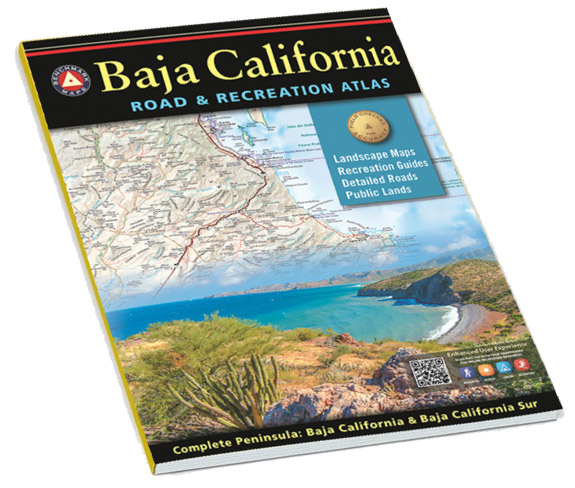A few weeks ago I read a Wall Street Journal opinion piece by Peter Funt (of the Candid Camera show). His article was on the pandemic lockdowns and isolation inducing more folks to publish their memoirs, and Funt made the case that this was not such a good thing. Most memoirs are God-awful boring.
That got me to thinking about the adventure touring genre. You know, the books, blogs, videos, and endless Facebook posts and forums about adventure rides.
Adventure rides.
We used to call a motorcycle ride a motorcycle ride. Now they are all “adventure” rides. And we don’t tell a story or do a bike test. Now, it’s a reveal. Harley is going to introduce a new bike in few days. But it’s not a new model announcement. It’s a “reveal.”
Ten to twenty years ago, the place to go to read good riding stories was ADVRider.com and their Rides page (back then, the stories and photography were actually good) and HorizonsUnlimited.com. Now it’s mostly videos, Facebook, and blogs. There’s too much of this (and I say that as guy who writes a blog). I seldom view any of it. Which is not to say you should stop reading ExNotes. We’re different, you know. We’ve never had a “reveal” (other than that one unfortunate wardrobe accident in China) and we never will.
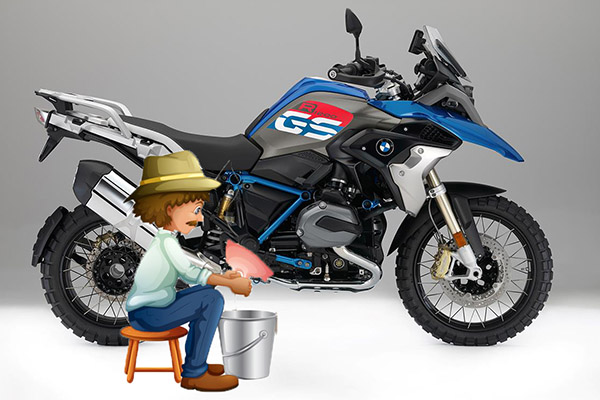
All of the above begs the question: How much milk is left in the adventure riding cow?
Fads come in waves, and a surefire way to know that a wave is dissipating on shore is when a big company tries to surf in on the little bit of surf that’s left. Witness the Pan America, Harley’s too much, too late entry into the ADV world. Harley wants to compete with the BMW GS, KTM, and Ducati high end ADV bikes.
It’s hard for me to see how Harley is going to prevail. For starters, my feeling is that most folks who ride big V-twin cruisers (folks who form the bulk of Harley’s current customer base) have little interest in adventure touring. The premise is that Harley will attract a new crop of customers, presumably drawing the sheeple who would have bought BMWs, or KTMs, or Ducatis. Color me skeptical, but I just don’t see it happening.
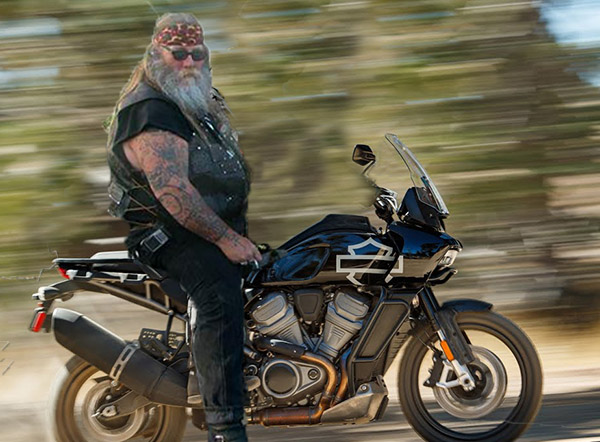
No, what’s happening is a sea change, not an opportunity to do a little surfing in a dying market. The world moves in fads, with each fad having about a ten-to-twenty-year life, and we’re due for a new one. I just don’t know what it is. Consider this:
-
- In the 1960s, it was British vertical twins. Those were cool years and the Triumphs, BSAs, Nortons, and Enfields of the day were cool bikes.
- In the 1970s and the 1980s, it was Japanese machines (the so-called UJMs). Honda’s 750 Four had five gears, and that fifth one was for the paradigm shift that swallowed the British empire and made us wonder if maybe Japan won World War II after all. Four cylinders across the frame, with differences between manufacturers that could only be described as trivial. The UJMs were kind of cool, too, but not as cool as the Britbikes (at least to my way of thinking). But the Britbikes were toast, destined to emerge two decades down the road as the darlings of a small but well published vintage motorcycle market niche (and in case you missed it, that was a plug for Motorcycle Classics magazine).
- In the 1990s, it was Harleys and all that went with it. You know, middle aged guys becoming pirates and bikes festooned with chrome, leather fringe, and conchos. I was one of them for awhile and I had everything but the tattoos. Bikes that people with more money than brains bought (often paying over MSRP) so they could don do-rags, denim, and non-DOT helmets, and look pretty much exactly like all the other beer-bellied rugged individualists. I was one of them for a while, too.
- Sportbikes had a good run somewhere in the middle of all this, too, with ergonomics that guaranteed significant incomes for chiropractors and physical therapists, who frequently used that money to pay well over list price for a Harley (see above). Guilty again. You got me. I had a TL1000S, a Triumph Daytona, and a Speed Triple.
- With the turn of the century, the trend migrated toward 650-pound, liter-plus bikes styled like dirt bikes and equipped with electronics rivaling Air Force One. Denim and do-rags were replaced by Power Ranger clothing. Everybody wanted to be Charlie and Ewen, but few could afford the chase trucks and mechanics, and even fewer could handle one of the bloated beasts off road. Most adorned driveways and Starbuck’s parking lots. I mean, the headlight lenses on some of these things cost $1800; no way anyone was taking those wunderbikes into the woods. I’m sort of guilty here. I had a Triumph Tiger. I took it off road just once and it was terrifying.
I think we are fast approaching the last throes of the overweight off-road $25K-to-$30K wannabee adventure bikes and their thousand-dollar Aerostitch-wearing riders…you know, the guys who stand on the pegs even when riding on level asphalt. (Sit down, guys…your “sell by” date flew by years ago and I’ll say what everyone else is thinking: You look silly.)
So what’s next?
Electric motorcycles? Nope, I don’t think that’s going to happen in any major way. Alta is gone, Zero is struggling, and the Livewire may have already suffered electrocution as a consequence of Harley’s rewiring. Electric bikes don’t sound like motorcycles, the range is not there (it’s not going to be any time soon), and I think a motorcycle without an internal combustion engine really isn’t a motorcycle at all. So what will be the next big moto thing?
Self-driving motorcycles? Nope. Dead on arrival, I think.
Even more “mode complexity” on street bikes? Probably not. That sort of thing appeals to juvenile minds (ones susceptible to Jedi mind tricks). I think even the easily-led characters mentioned above recognize this as too gimmicky. I once had a pimply faced kid ask me at one of the IMS shows how many modes our imported-from-China 250cc ADV bike had, and I told him: Two. On, and off. He nodded knowingly, as if I had let him in on a great secret, and wandered off toward the Ducati booth.
I think the ADV thing is going to dry up, even though we are still seeing sales upticks in the motorcycle market. Sort of. ADV-style bike trends have been up, but it always was a relatively small market segment and the current increase (most likely the result of the “more free stuff” crowd rocking Washington these days) appears to be big but actually is not. Dirt bike sales are up, but that’s for off road dirt bikes only. Street bike sales are down about 10%. And that thing about motorcycle sales overall going up? Yeah, it is, but it’s mostly ATVs (of the 4-wheel persuasion, which are included in the motorcycle sales figures). One bit of actual data, and that is this: CSC can’t keep bikes in stock. They sell out as soon as they arrive. But CSC delivers real value at a very reasonable price…I don’t know that I ever saw an RX-Anything with conchos and fringe. And CSC motorcycles are definitely not $25K driveway bling. Yeah, the big bike ADV thing is fast approaching its “sell by”date, I think. The fat lady is singing, folks. It’s almost over.
So, given that the ADV milk is drying up, the next big thing will be…
Hell, I don’t know.
What do you think? You guys figure it out and let me know. And if you think you know, leave a comment here. Curious minds want to know.


